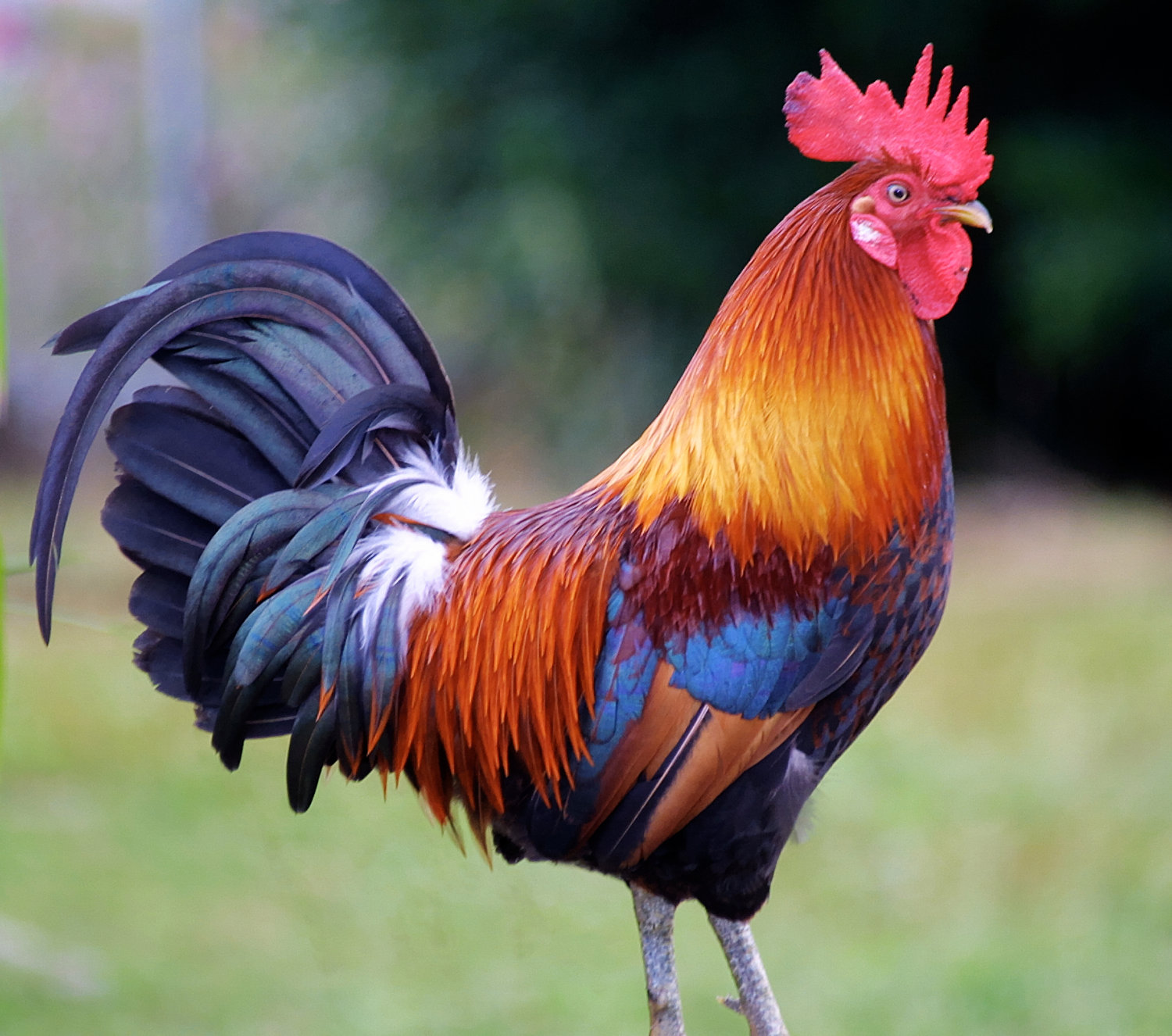Our body is continually threatened by detestable external invaders: viruses, bacteria and parasites that want to infiltrate our cells. A recent study in the eLife magazine has shed some light on how to protect the waiting and ovum of these attackers in order to seamlessly pass genetic information to our offspring.
Researchers at the RNA Biology Center at the University of Rochester have carefully examined the role of piRNA (a third class of interfering RNA that prevents the expansion of selfish genetic elements) in order to safeguard the integrity of genetic information in cells Germination. It is known that piRNA – a type of ribonucleic acid found in the testes and ovaries – acts as a shield to silence the genetic sequences of viral intruders. We also know that certain defects or mutations in piRNA can lead to infertility in humans and other animals. What we do not know, is how the piRNAs are generated.
To that end, a team led by Xin Li, a professor of biochemistry, biophysics and urology at the University of Rochester, carefully analyzed the testicles of the roosters. This type of bird houses a wide variety of viruses. When a virus infects a host, it does its best to survive. One method of survival is to insert your genetic material into the bird’s genome. It seems that for generations the virus accumulates mutations and eventually becomes innocuous for the animal. But, even so, the visitor has become part of the genetic material of the rooster.
The researchers focused on the avian leukosis virus, which infects birds and can lead to cancer in the roosters. Through molecular and genetic analysis they discovered that roosters convert old viruses into machines to convert piARN. When faced with a new avian leukosis virus (there are many different viruses in this family), these ancient viruses produce piARNs that defend germ cells, ensuring the passage of intact genetic material to their future offspring. According to the researchers, “our study shows how a carrier can activate a virus as a weapon to fight against future viruses in the future.” That is, the old viruses go from being an enemy to an ally in the future to fight new unwanted guests.














